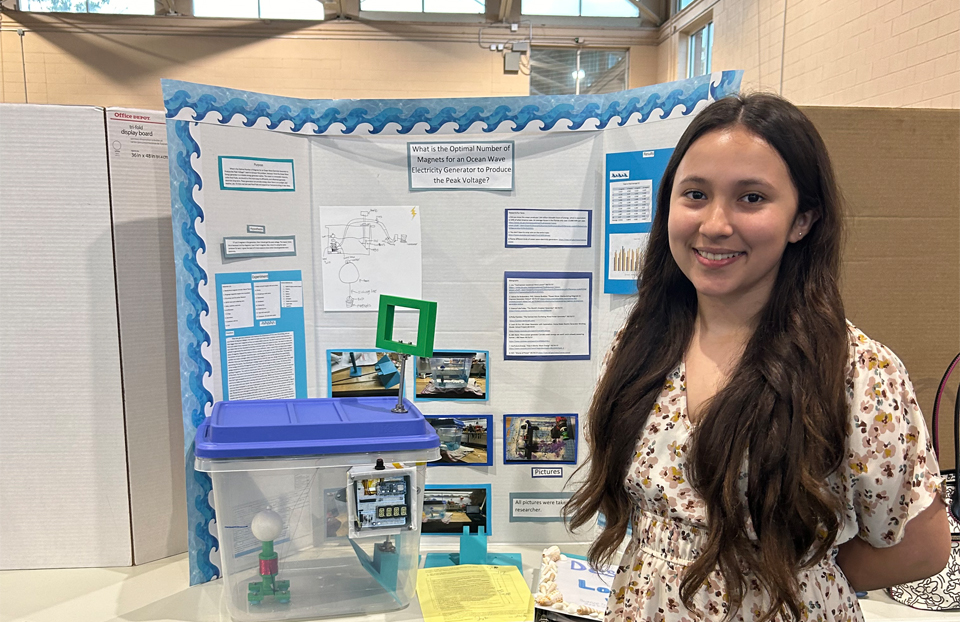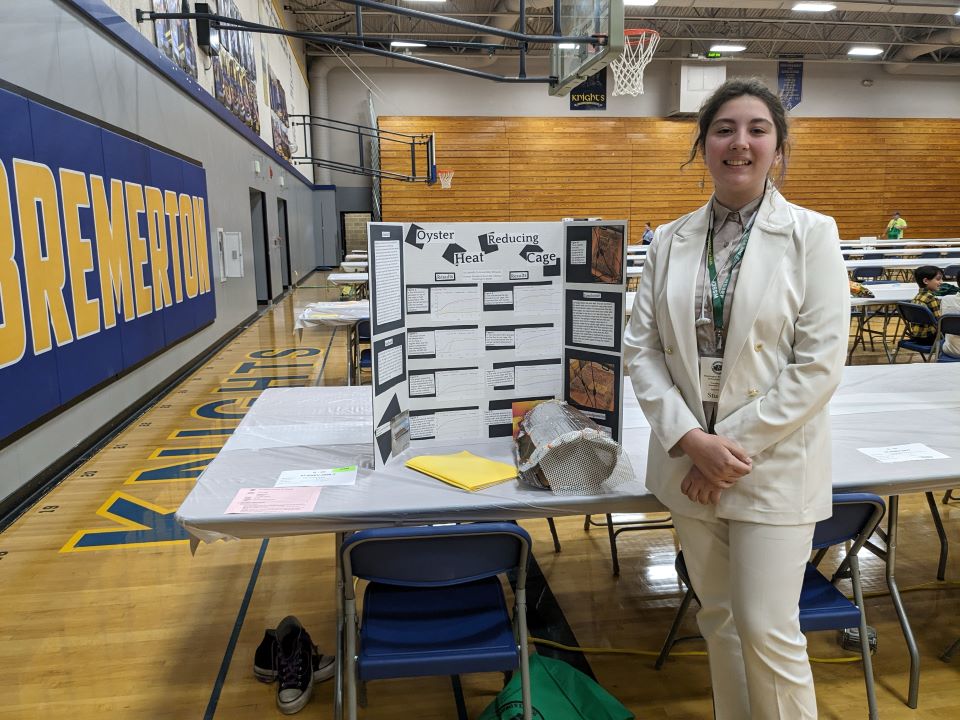It’s cool to be kind: A young inventor takes on bullying

For the fourth year, The Lemelson Foundation is giving $100 awards to outstanding young inventors in Society Affiliate Fairs with middle school participants around the country. The prize was especially created to reward young inventors whose projects exemplify the ideals of inventive thinking by identifying challenges in their communities and creating solutions that will improve lives.
Nobody likes a bully. And yet, bullying is a pervasive problem across the country and around the world. According to the National Bullying Prevention Center, one out of every five students in the United States reports being bullied and, of those, over 40% say they expect the bullying to happen again. Bullying can have major negative effects on students’ physical and emotional safety, mental health and overall wellbeing, all while deterring and distracting from their ability to learn.
We’ve all seen bullying in action, and hopefully we’ve all tried to intervene to stop it—but that’s not always easy to do and, oftentimes, the damage has already been done.
When Nathan Fellars, now an eighth grader at Centennial Middle School in Provo, Utah, witnessed classmates being bullied, he knew he had to do something about it. A thoughtful and motivated problem solver, Nathan was determined to identify and address the root causes of the issue.
“Bullying is a major problem throughout the world, and people have been trying to solve the problem for years,” said Nathan. “These solutions mostly help detect bullying after the bullying has occurred. I wanted to see if there was a way to reduce bullying by addressing the issue before it happens at all.”
It was an ambitious challenge, but Nathan was up to the task. After researching more about the causes of bullying, and considering several possible solutions, he had an idea to apply his interest in coding to the issue of bully prevention: an app that cultivates positive interactions and productive dialogue among students.
By creating a platform everyone could use—a digital safe space rooted in positivity and friendship building—he aimed to create a community that would naturally deter bullying both in schools and online.
He started small, mocking up all his ideas on paper and creating a detailed wireframe. Then, equipped with his knowledge of Java Script, C#, HTML and CSS, he began developing his app, which he named Bully Block. Here’s how it works:
The app features an interface where students can share events, happenings at school, after school activities, hobbies, interests or other things in their lives, whether good or bad. Their peers can then post responses, whether it’s about shared interests, advice or encouragement, depending on the original post. Before any responses are shared publicly, AI analyzes the responses to determine whether the messages are supportive or unsupportive. A teacher then has the ability to check the AI’s decisions and ensure that positive interactions are being promoted.
Nathan started with a single data point to test his application, and advanced to simulating data of two full classrooms’ worth of students and their sample responses. One of the trickier elements was training the AI, which initially mistook some positive comments as negative. Eventually, he recruited friends, family and a teacher to use the software and help find any bugs and make suggestions for improvements. He is considering approaching more teachers next year to see if they want to try using Bully Block in their classrooms.
While he enjoyed exercising his skills and learning some new ones (such as database management), Nathan never lost sight of the big picture: “My favorite part of the invention process was finishing my invention,” he said. “I would love to see my project be used by teachers and students because I believe it could really help encourage kids to be nice to each other.”
For his work, Nathan was awarded a Lemelson Early Inventor Prize at the Central Utah STEM Fair in Provo. On receiving this recognition, Nathan said, “It means a lot to me because it is amazing to know that people from all around the world, no matter what age, can help solve a problem—whether it is big or small. I always love knowing that my invention can help somebody else in the world.”


